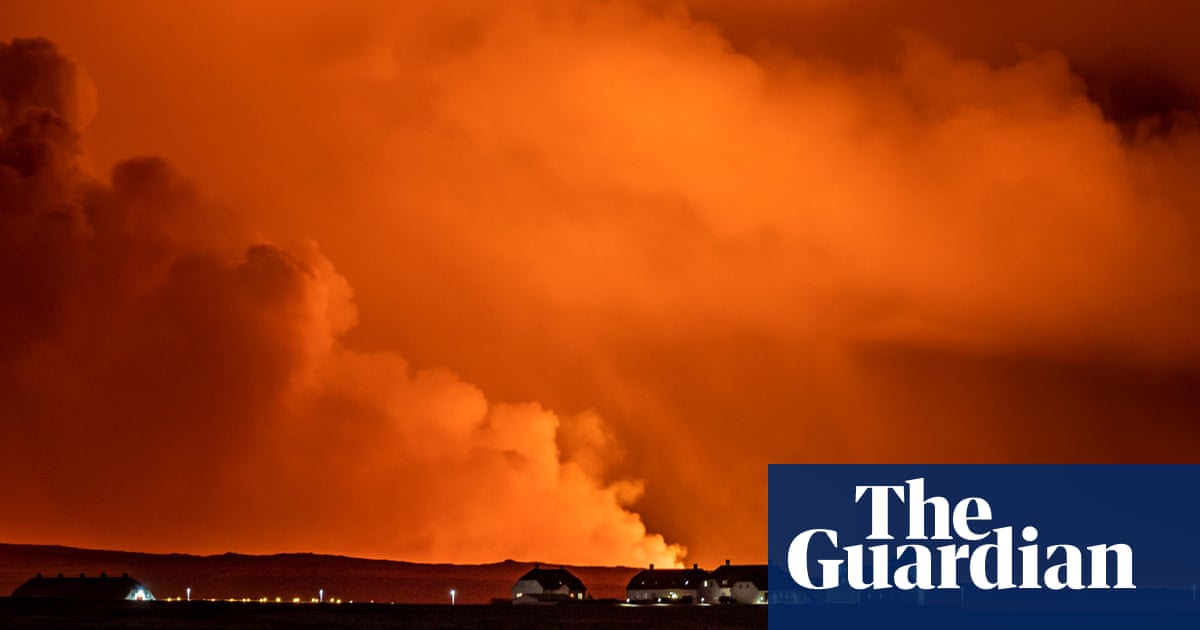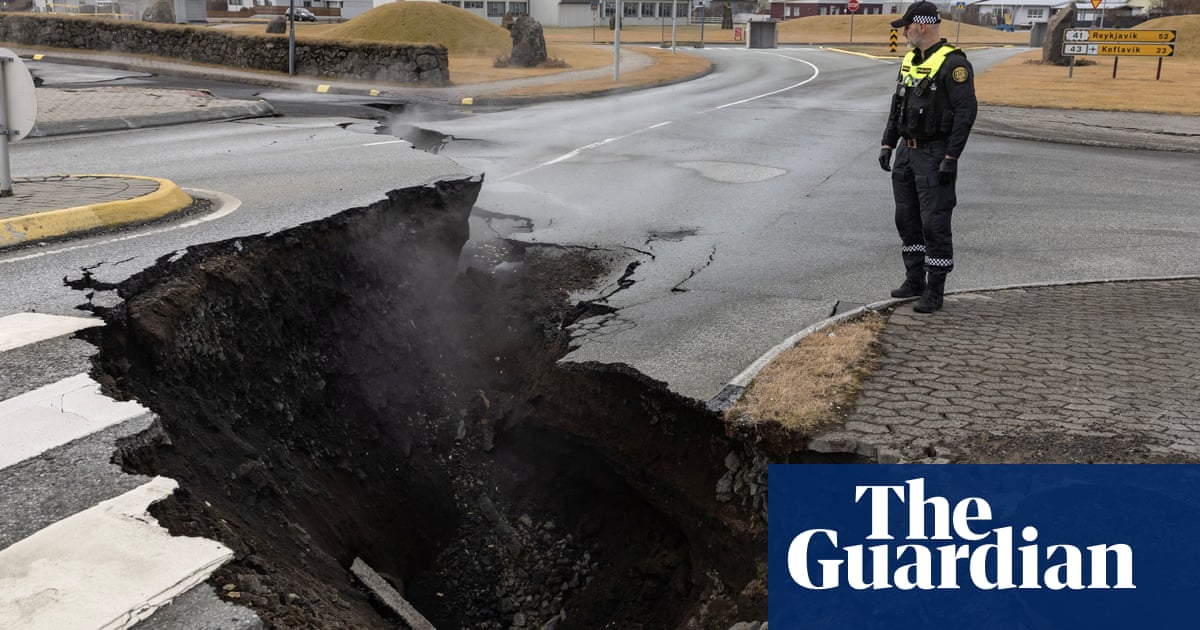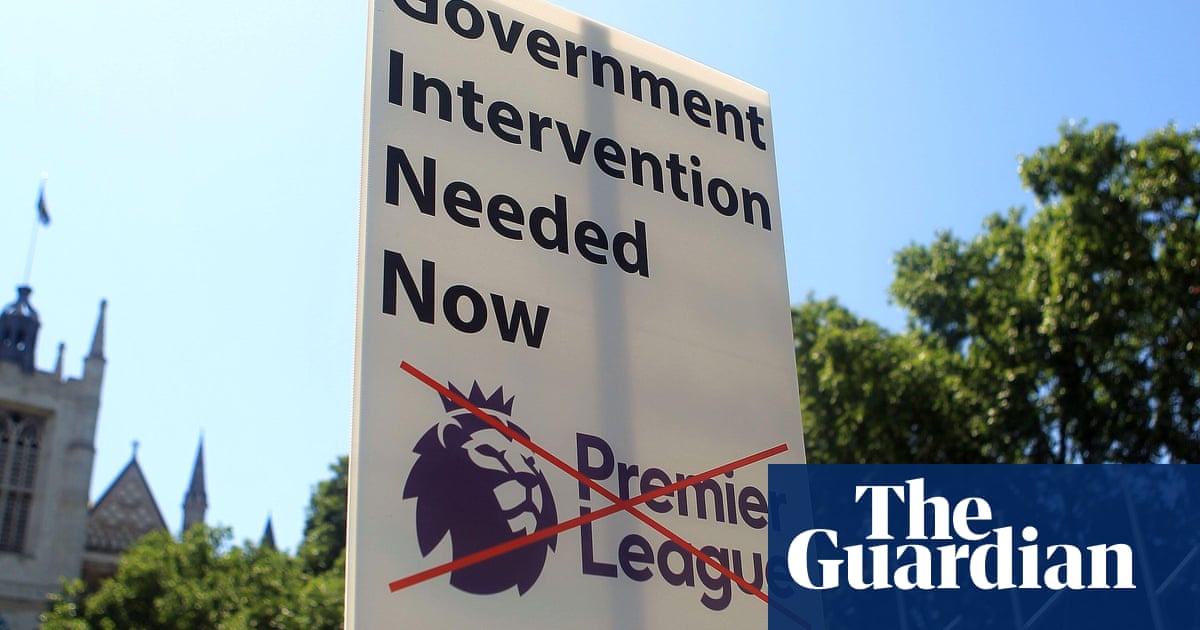
At 10.17pm local time (22.17 GMT) on Monday, a volcanic eruption began north of Grindavík on the Reykjanes peninsula in Iceland. It came after weeks of intense earthquake activity and has been described as “amongst the most spectacular ever seen”.
So what has caused it, and what happens next?
What has happened and why?
A 2.5-mile (4km) crack in the Earth’s surface has opened up, spewing glowing orange jets of lava surrounded by billowing clouds of red smoke.
In an overnight update, the Icelandic Met Office said the eruptive fissure was about 4km long and the distance from the southern end to the edge of Grindavík was almost 3km.
At one point, between 100 and 200 cubic metres (3,530 and 7,060 cubic ft) of lava was emerging per second.
The eruption had been expected for some time. The Reykjanes peninsula was hit by a so-called seismic swarm in late October and November, with hundreds of earthquakes happening every day for a period. Bulges in the land appeared as magma moved up into the Earth’s crust.
Situated in the North Atlantic, Iceland straddles the mid-Atlantic ridge that separates the Eurasian and North American tectonic plates. These huge slabs of rock are moving apart at a rate of a couple of centimetres a year, resulting in seismic and volcanic activity.
Are people in danger?
For weeks, the inhabitants of Grindavík, a fishing town with a population of 4,000 people located about 25 miles (40km) south-west of Iceland’s capital, had feared their homes would be hit by any eruption when it came. Their worries appeared to have been allayed on Tuesday when it seemed that the town, which was evacuated in November, was not going to be hit by the lava flow.
Iceland’s government said in a statement on Tuesday that the eruption did not present a threat to life. The country’s infrastructure minister, Sigurður Ingi Jóhannsson, told the broadcaster RÚV that “we seem to have been quite lucky with the location and development [of the eruption], and we hope that will continue”.
Residents of Grindavík appear to have had an incredibly narrow escape. Police suggested on Monday that there could be a possibility of their being permitted to return home without restrictions for Christmas.
For visitors to Iceland, safety must be paramount, said Matthew Watson, professor of volcanoes and climate at the University of Bristol. He added that although there would be a “strong pull” to witness the eruption, people must take care.
“This style of eruption is amongst the most spectacular ever seen and there will be a strong pull for tourists, even though the Blue Lagoon [geothermal spa] complex has again shut. Tourists should strictly follow official advice as there are significant hazards, such as new breakouts, which can quickly put people in harms way,” he said.
The lava flows were still only a few kilometres away from tourist spots such as the Blue Lagoon “and there is still concern of lavas reaching these key locations”, added Sam Mitchell, a research associate in volcanology, also at the University of Bristol.
Is this going to spark another global flight crisis?
In 2010, an ash cloud created by the eruption of the Eyjafjallajökull volcano caused flight cancellations and travel chaos around the world.
Experts do not believe the latest volcanic eruption will have the same impact because it is unlikely to produce as much ash. “There is currently no threat to the airspace from this eruption, especially to flights further than Iceland,” said Mitchell.
“Any changes to air traffic may be restrained to Keflavík [the country’s largest airport] if there are changes in wind direction or outputs of gas and fine ash.
“This is a very different eruption to that of Eyjafjallajökull … where a large explosive eruption under a glacier produced a very large cloud and very fine ash in the atmosphere when the wind direction was pointing towards mainland Europe.”
The Icelandic government said: “There are no disruptions to flights to and from Iceland and international flight corridors remain open.”
How long could this last?
We just don’t know. “It is very difficult to say how long these eruptions will last; it could be days, it could be months,” said Mitchell.
“Larger more intense eruptions tend to last a shorter time, but if the flow rate becomes small it could go on for some time,” he added.
Officials are taking a wait-and-see approach. Iceland’s president, Guðni Th. Jóhannesson, said: “We now wait to see what the forces of nature have in store.”
“We are prepared,” he said, “and remain vigilant.”











